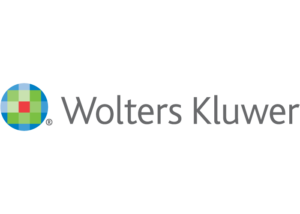
Vice President of Product Management and Marketing
Wolters Kluwer
Suzanne Konstance is vice president and segment leader for the lien solutions business within Wolters Kluwer Compliance Solutions. She works with a cross-functional team of more than 1,000 professionals dedicated to providing lenders with effective and innovative solutions in compliance and risk mitigation. She focuses on driving best-in-class UCC filing/lien management, real property and vehicle titling and lien solutions for the lending marketplace.
Under Konstance’s leadership, the lien solutions group partners with financial institutions across the commercial lending landscape.
Konstance has a deep product management and marketing background and cross-functional experience at Wolters Kluwer as well as for several other major banks and equipment financing institutions. At Wolters Kluwer, Konstance and her team have brought to market several major financial services innovations created with the aid of customer consultation. Additionally, Konstance is the executive sponsor and founder of a divisional women’s initiative network within Wolters Kluwer to promote women’s career development at the company and beyond.
During 2022, she oversaw major product upgrades for one of Wolters Kluwer’s key offerings, iLien Motor Vehicle, a cloud-based, software-as-a-service platform used by lenders for processing and managing motor vehicle titles and liens. Leveraging input from deep-dive product interaction sessions with customers, her team created and launched a series of new user dashboards to give lenders immediate access to real-time views of specific key performance indicators.
Konstance also oversaw the development of Wolters Kluwer’s Portfolio Sync lien management technology, which uses public records data to mitigate risk stemming from incomplete visibility into a lien portfolio. The solution combines a customer’s existing filings with public records data into one view, providing greater visibility into the entire lending portfolio while identifying associated gaps that may require risk mitigation or other actions to maintain a lender’s secured interests.

